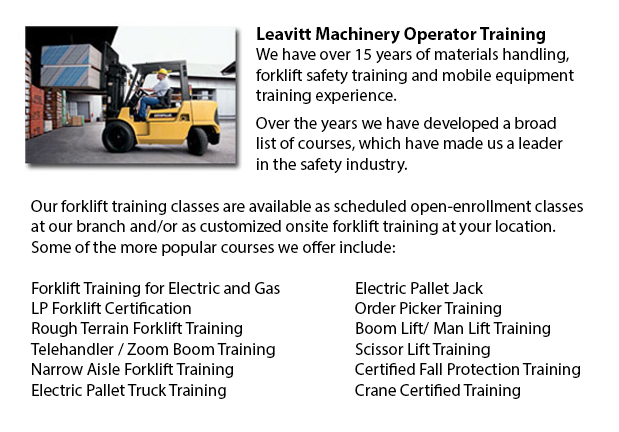
Aerial Lift Training Mississauga - Aerial jacks can accommodate numerous duties involving high and tricky reaching spaces. Usually utilized to perform regular repair in structures with elevated ceilings, prune tree branches, raise burdensome shelving units or repair telephone lines. A ladder might also be used for many of the aforementioned jobs, although aerial lifts offer more safety and strength when properly used.
There are a lot of versions of aerial lifts accessible on the market depending on what the task needed involves. Painters often use scissor aerial lifts for example, which are classified as mobile scaffolding, useful in painting trim and reaching the 2nd story and higher on buildings. The scissor aerial jacks use criss-cross braces to stretch out and extend upwards. There is a platform attached to the top of the braces that rises simultaneously as the criss-cross braces elevate.
Cherry pickers and bucket lift trucks are a further variety of the aerial lift. Typically, they contain a bucket at the end of an extended arm and as the arm unfolds, the attached bucket platform rises. Lift trucks utilize a pronged arm that rises upwards as the handle is moved. Boom lift trucks have a hydraulic arm that extends outward and lifts the platform. All of these aerial lift trucks require special training to operate.
Training programs presented through Occupational Safety & Health Association, known also as OSHA, deal with safety strategies, machine operation, maintenance and inspection and device cargo capacities. Successful completion of these training courses earns a special certified certificate. Only properly licensed individuals who have OSHA operating licenses should operate aerial lift trucks. The Occupational Safety & Health Organization has formed guidelines to uphold safety and prevent injury when using aerial lift trucks. Common sense rules such as not using this machine to give rides and ensuring all tires on aerial platform lifts are braced so as to hinder machine tipping are referred to within the guidelines.
Sadly, data illustrate that in excess of 20 operators pass away each year while operating aerial platform lifts and 8% of those are commercial painters. The majority of these mishaps are due to inappropriate tire bracing and the lift falling over; for that reason some of these deaths had been preventable. Operators should make certain that all wheels are locked and braces as a critical security precaution to prevent the instrument from toppling over.
Other guidelines involve marking the surrounding area of the device in an obvious way to safeguard passers-by and to ensure they do not approach too close to the operating machine. It is vital to ensure that there are also 10 feet of clearance amid any power lines and the aerial lift. Operators of this apparatus are also highly recommended to always have on the appropriate security harness while up in the air.
-
Komatsu Forklift
Komatsu Forklift Training Mississauga - Komatsu Forklift U.S.A. Inc., an associate of the Komatsu Ltd. family, has an encouraging reputation for building robust and dependable forklifts. They are renowned worldwide as a business who has a proud herit... More -
Boom Trucks
Boom Trucks Training Mississauga - Boom truck are often used by phone, cable and utilities organizations as they have extended folded arms which are generally folded over the roofs of business vehicles. On the end of the extension of extendable arms... More -
Pallet Lifts
Pallet Lifts Training Mississauga - A pallet lift is equipment designed in particular for moving pallets of irregular weights and sizes. They can be utilized in conjunction with cranes, forklifts and other heavy duty equipment as an attachment piece... More -
Pallet Stackers
Pallet Stackers Training Mississauga - Pallet stackers are a type of pallet jack that might be used to stack, transfer and lift goods positioned on a pallet that are far too burdensome for physical lifting. Mostly these mechanisms are employed to loa... More -
Scissor Pallet Trucks
Scissor Pallet Truck Training Mississauga - Scissor lift pallet vehicles are made to be able to rearrange and stack pallets with an integrated raising apparatus that enables the pallets to be elevated. This apparatus is incredibly effective for worki... More

Forklift Certification Mississauga
TOLL FREE: 1-888-254-6157
Mississauga, Ontario
forkliftcertificationmississauga.com
Email Us
About Us


